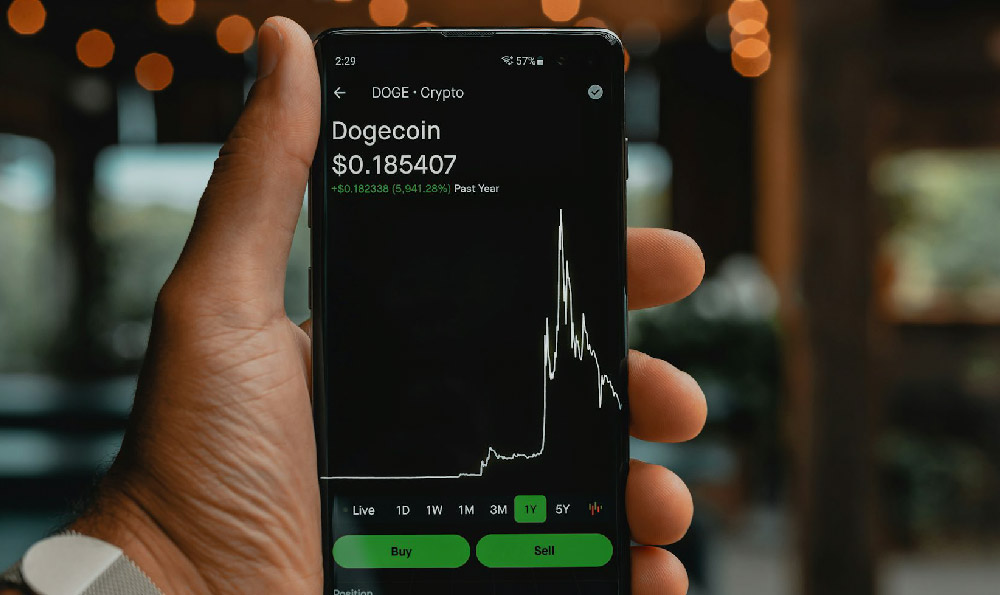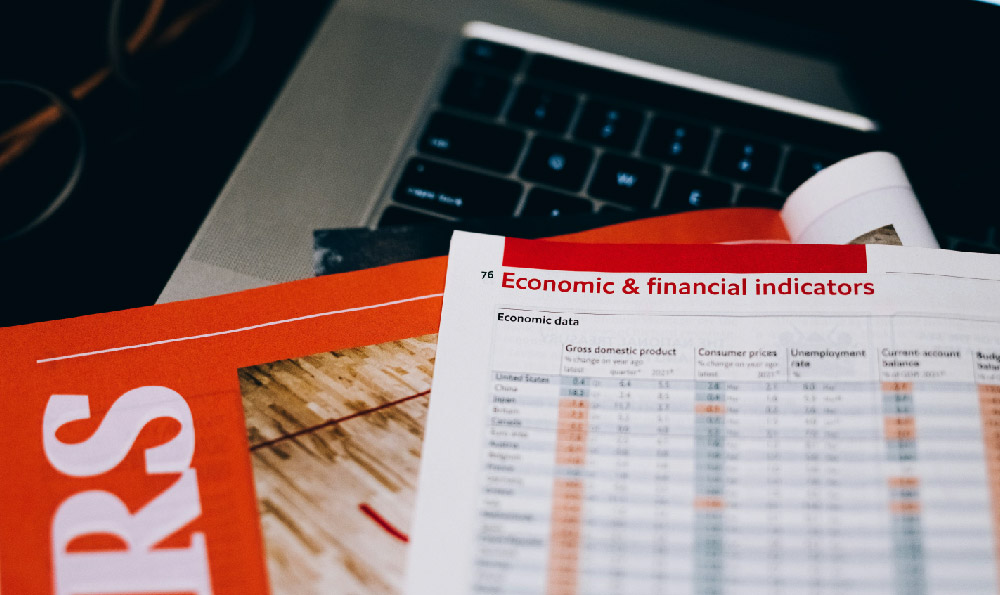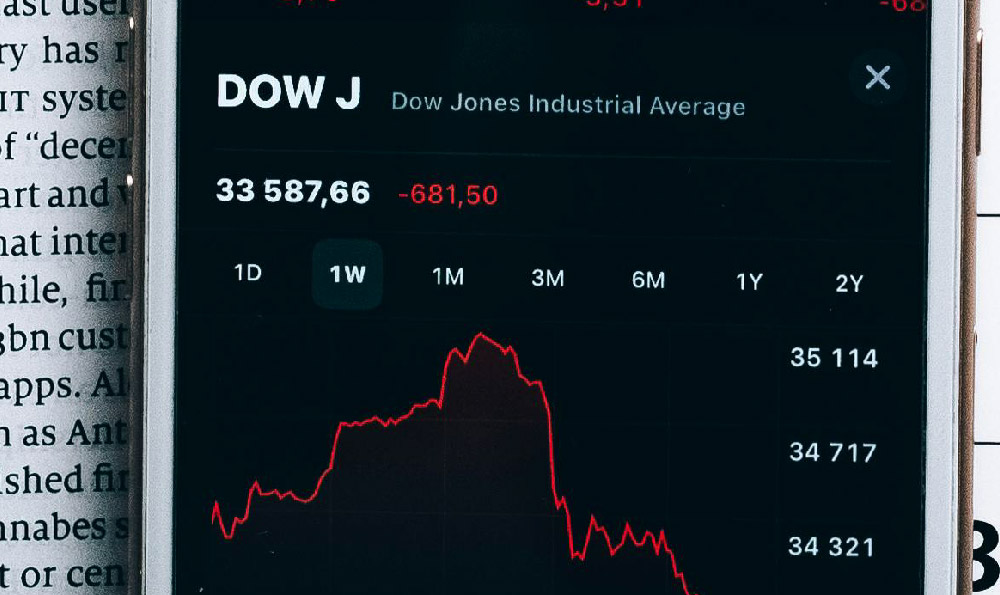The income of authors per book can vary significantly based on a multitude of factors, ranging from the type of publishing model to the genre of the work, the author's experience, and the market dynamics in which the book is sold. In the United States, for instance, traditional publishing often offers authors a royalty rate between 10% and 15% of the cover price, although this figure can fluctuate depending on the book's format—hardcover, paperback, or ebook. In contrast, authors who opt for self-publishing platforms such as Amazon Kindle Direct Publishing may see higher royalty rates, sometimes reaching 50% or more, due to the absence of middlemen and the direct relationship between author and reader. However, these rates are not solely indicative of earnings, as the success of a book hinges on its sales volume, which in turn is influenced by marketing efforts, reader interest, and the author's ability to maintain relevance in a competitive literary landscape.
For debut authors, the potential income is often limited, as the publishing industry typically invests a considerable amount of resources into promoting established names rather than newcomers. This dynamic can lead to inflated prices for existing works, leaving new authors with a smaller percentage of the net proceeds. Moreover, the cost of production, including editing, design, and marketing, may consume a significant portion of the revenue, especially in self-publishing scenarios where the author assumes full responsibility for these expenses. In traditional publishing, while the upfront costs are lower, the author's income is contingent upon the publisher's profitability, which is often tied to the book's commercial success. For example, a book that sells 10,000 copies at $20 each would generate $200,000 in revenue, with the author receiving 10% of that, or $20,000, under traditional publishing. However, the actual take-home pay would be further reduced by the publisher's required profit margins and any per-copy payment structure.
Authors in niche genres or those targeting specific demographics, such as academic or technical writing, may experience different income patterns. In such cases, the cover price might be lower, but the book's demand could be more stable. Conversely, authors who write for mass-market audiences, such as fiction or self-help books, might benefit from higher cover prices and the potential for large-scale sales. Additionally, the income is not limited to the initial publication; authors can earn from subsequent printings, reprints, and translations. For instance, a book that sells 50,000 copies over a year may receive additional income from early editions, though this is typically less substantial compared to the initial volume.

The influence of digital platforms cannot be overlooked. With the rise of self-publishing and online distribution channels, authors can reach a global audience instantaneously, but this also means they must navigate market saturation and competition. Digital books, while often priced lower than print counterparts, may generate higher sales volumes due to their accessibility. Additionally, authors can benefit from royalties from multiple publication streams, such as print, ebook, and audiobook versions. However, the income from these different formats may differ, as some platforms offer higher royalties for digital content.
The potential for affiliate marketing, book clubs, and other indirect income sources is also worth considering. Upon successful publication, authors can benefit from additional revenue streams through collaborative ventures with other authors, such as co-authored works or shared royalties. Moreover, the rising popularity of online platforms for book sales, such as Amazon and Audible, can contribute significantly to an author's income. However, the success of these platforms is not guaranteed, and authors must frequently adjust their marketing strategies to maintain their visibility and appeal.
In conclusion, the income of authors per book can vary greatly based on a combination of factors, including publishing model, genre, market demand, and the author's ability to leverage multiple revenue streams. Understanding these dynamics is essential for authors seeking to maximize their potential earnings while navigating the complex landscape of the publishing industry.












